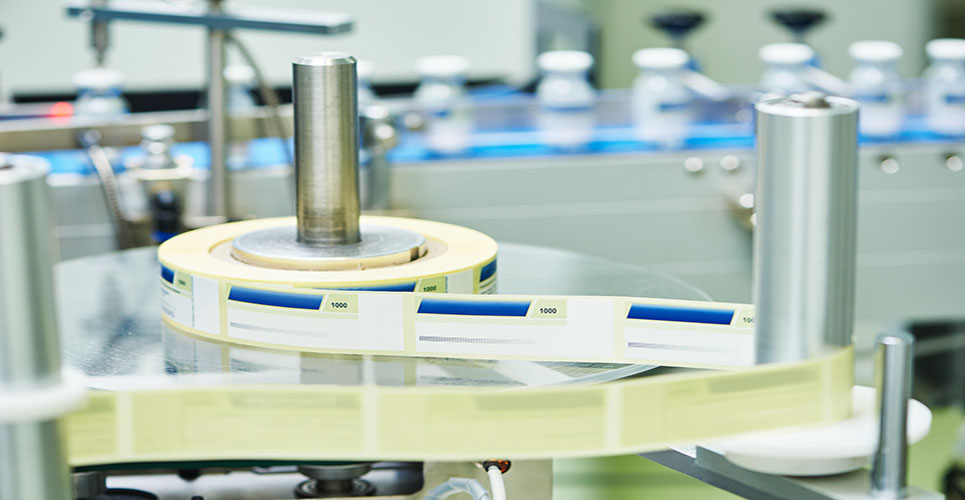teaser
An economic analysis of the financial costs and benefits of abarcode-assisted dispensing system installed in a large US hospitalfound that for the institution concerned, the system was cost-effectiveand led to a positive return on investment within a reasonable timescale. In a paper published last September, the study authors reportedthat implementing the system reduced dispensing errors; in this paperthey quantify the financial impact. They note that adverse drug eventscause a significant number of injuries and deaths every year, and thatthe dispensing process accounts for an appreciable proportion of these.While the proportion of errors is generally low in absolute terms, thelarge number of items dispensed from a hospital pharmacy means that thenumber is likely to be significant; reducing these may avert manypreventable events. Bar-code assistance in dispensing can reduce thenumber of dispensing errors and thus adverse events.

Thesystem was, however expensive to implement, so its cost-effectivenessin terms of preventing adverse drug events was assessed. It wasimplemented in the pharmacy department of a large US tertiary carehospital dispensing about 6m medication doses a year. All relevantcapital and recurrent costs to the hospital were incorporated: theseincluded hardware, infrastructure changes and pre-implementationplanning costs. Because incoming packs were not barcoded at the timethe system was installed, a significant investment in pre-packing wasneeded to ensure all packs in the dispensary had barcodes. Primarybenefit was cost saving due to reduction in adverse drug events. Datafrom the before and after study were used to assess the number ofdispensing errors avoided: errors were considered only if they couldharm patients, and were assigned a cost only if they could have causedactual harm. Published data were used to assess the proportion oferrors that would have been intercepted and the proportion of those notintercepted that would have caused harm. Benefit values were estimatedaccording to published US costs for adverse drug events. Primaryoutcome was therefore net financial cost and benefit to the hospital,taken over a five-year period.
Total cost over five yearswas $2.24m, consisting of $1.31m capital cost and $342,000 annuallyrecurrent cost. The authors note that a significant proportion of thecapital amount (61%) was taken up by the planning expenses. It wasestimated that the system prevented 517 adverse drug events per year,costing $2.2m per year. Estimated benefit over the five years wastherefore $3.49m. Cost per adverse event avoided was $1,573 to yearfive, then $661 thereafter. Based on their analysis, the authorsconclude that the barcode-assisted dispensing system gave a positivereturn on investment, with the break-even point occurring within a yearof it becoming fully operational. They discuss some of the factors thatcould affect the analysis, but conclude that it resulted in net benefitwithin ten years under almost all sensitivity analyses. They also notefactors that could reduce costs for systems installed now.
Arch Intern Med 2007;167:788-94; original study Ann Intern Med 2006;145:426-34.

